Southwest Landscape, History and Architecture:
Classic Views 1874-1954
William Henry Jackson (1843-1942)
John K. Hillers (1843-1925)
Adam Clark Vroman (1856-1916)
George Wharton James (1858-1923)
Edward Sheriff Curtis (1868-1952)
Carl Moon (1879-1942)
Arnold Genthe (1869-1942)
Laura Gilpin (1891-1979)
Ansel Adams (1902-1984)
Press Release
Click here to view gallery of images
The Era of Exploration and Development 1874 – 1884
William Henry Jackson and John K. Hillers
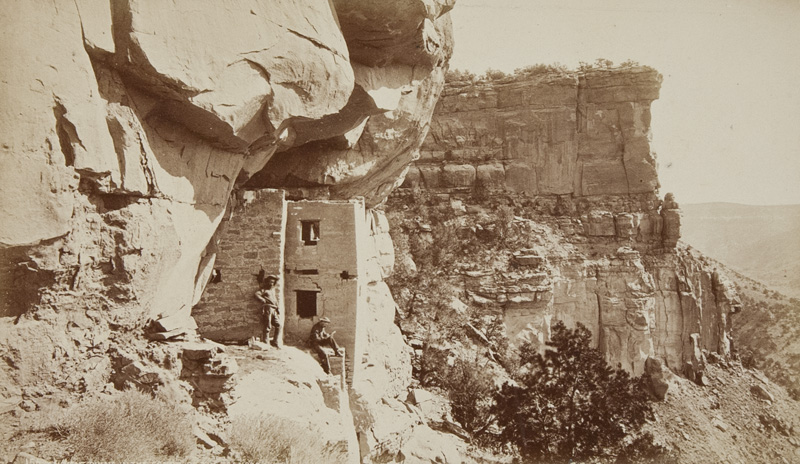
William Henry Jackson, 156. Ancient Ruins in the Cañon of the Mancos, 1874, 4.3 x 7.3” albumen print on Survey Mount. The iconic photograph of the discovery and exploration of Mesa Verde during the Hayden Survey.
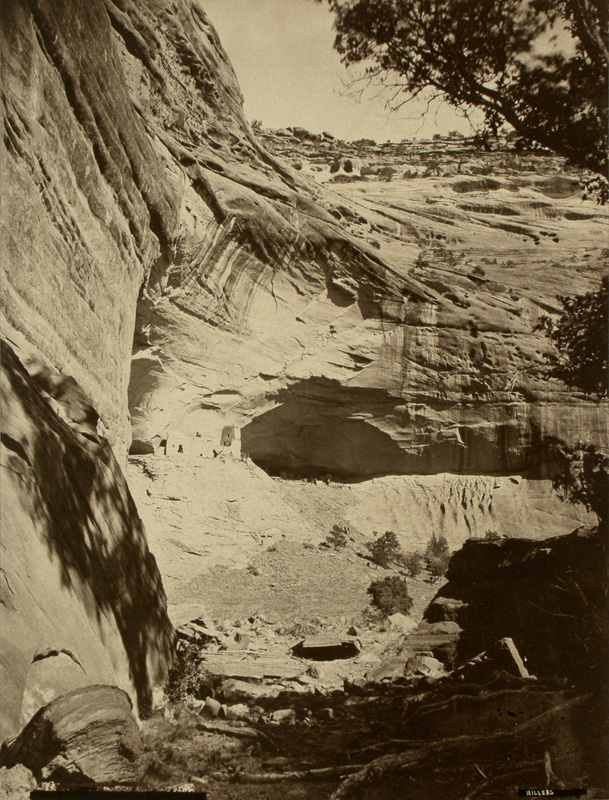
John K. Hillers, Cliff Dwellers Ruins [Mummy Cave Ruins, Canyon del Muerto, Az.], 1880 c. 12.8x9.6” albumen print. After working as chief photographer of the Powell Survey through the Grand Canyon 1870-1877, Hillers was named chief photographer for the Bureau of American Ethnology, which was directed by John Wesley Powell. From 1879-1881 Hillers accompanied Frank Hamilton Cushing in surveying and photographing the Pueblo Indian architecture of New Mexico and Arizona.
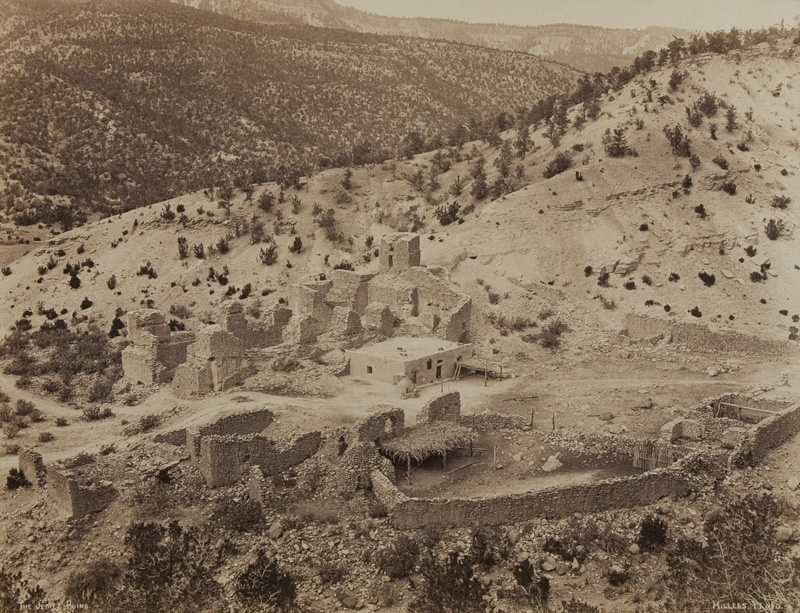
John K. Hillers, The Jemez Ruins, NM 1880 c. 9.8x12.45” albumen print
Hillers’ views of the Pueblo and Hopi Villages and archeological ruins in the four corners area made between 1879-1881 are the classic views made, showing the relationship between the hills and canyons and the indigenous architecture. Only Vroman’s work with Frederick Webb Hodge in 1900 compares in quality and composition.
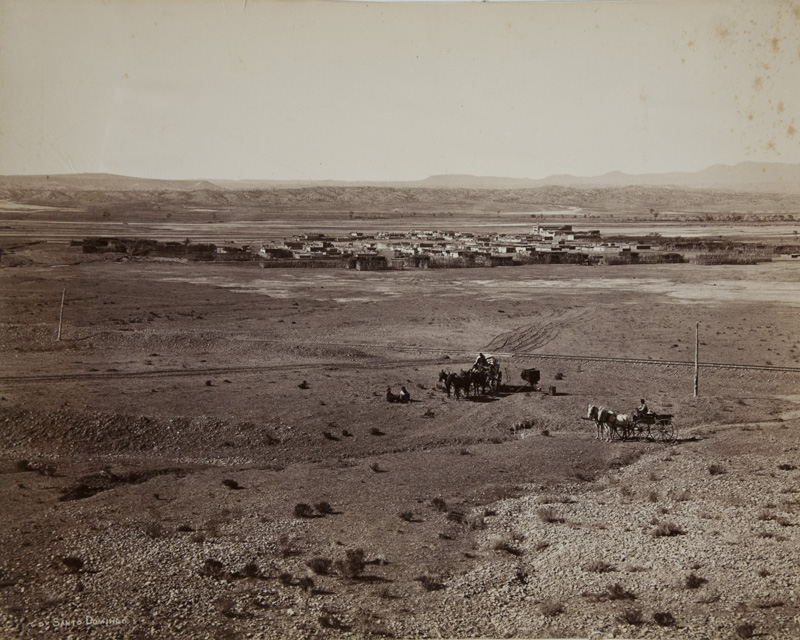
John K. Hillers, Pueblo de Santo Domingo, NM. 1880, c. 9x11.5” albumen print. Showing Hillers wagon and some of his camera equipment.
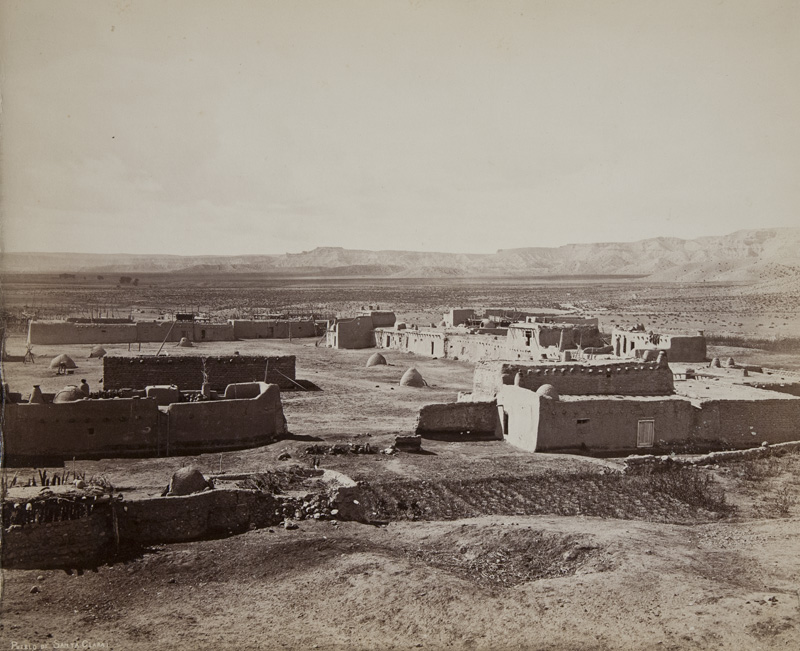
John K Hillers, Pueblo de Santa Clara, NM, 1880 c. 9x11.5” albumen print
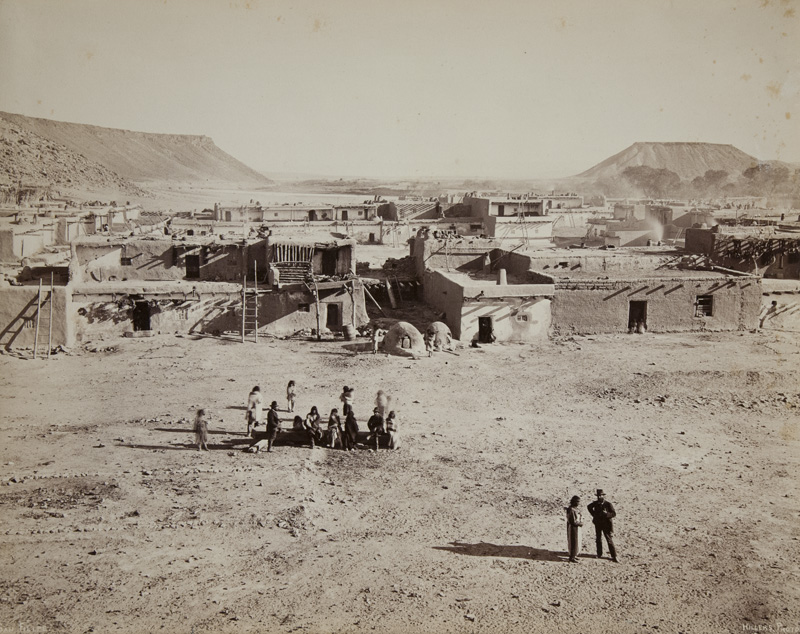
John K. Hillers, San Filipe [sic] {Felipe], NM, 1880 c. 9x11.5” albumen print
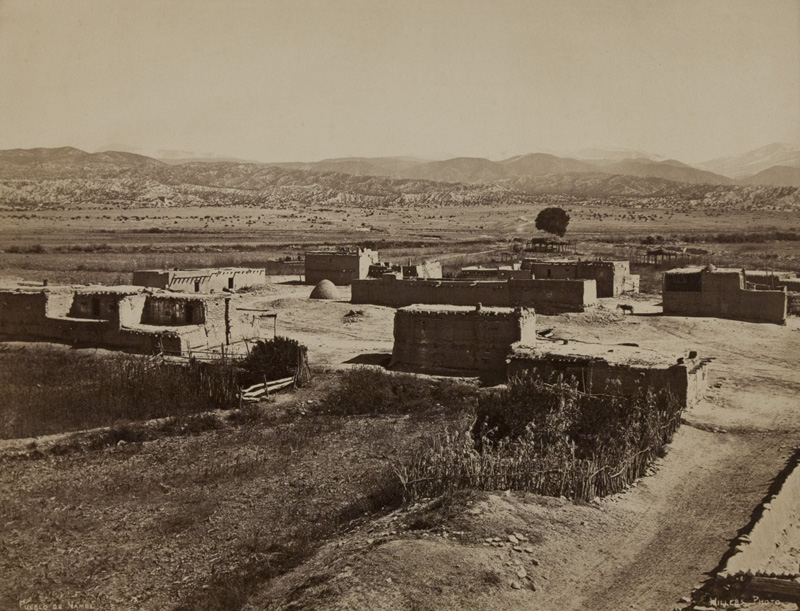
John K. Hillers, Pueblo de Nambe, NM 1880 c., 10x13” albumen print
Trains, Mountains and Lakes of Colorado - William Henry Jackson 1880s
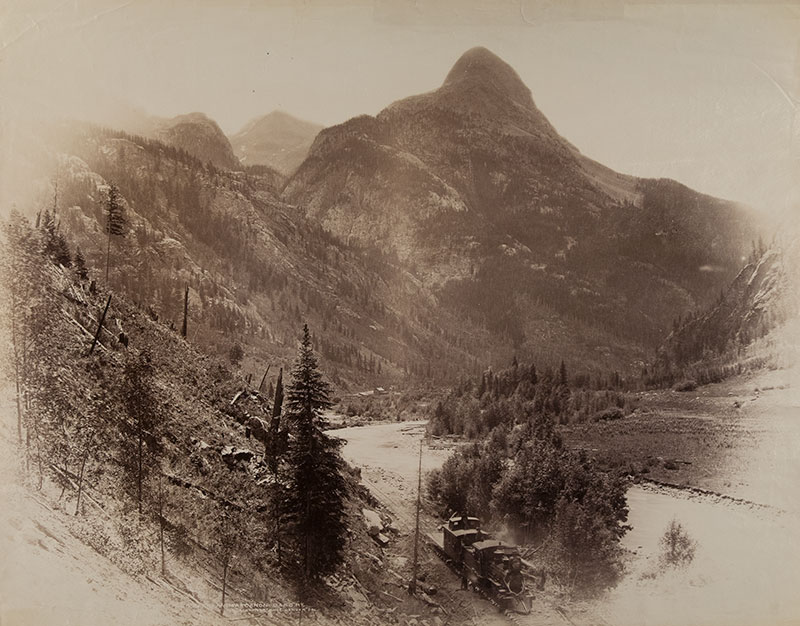
William Henry Jackson, Elk Park, Animas Canon, Co., D&RG Ry., Co. 1885 c. 16.2x20.6” albumen print.
After completing his work for the Hayden Survey in 1879, Jackson settled in Denver where he spent much of the next decade photographing for various railroad companies in Colorado and Mexico. He had a specially outfitted railroad car shown here so he could develop and make prints
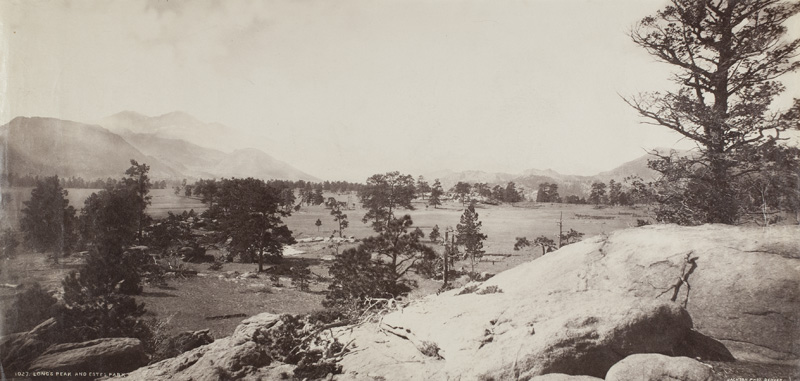
William Henry Jackson , 1027. Long's Peak and Estes Park, Co. 1890 c. 8.5x20” albumen print. One of Jackson’s rare smaller panoramic prints of Rocky Mountain National Park.
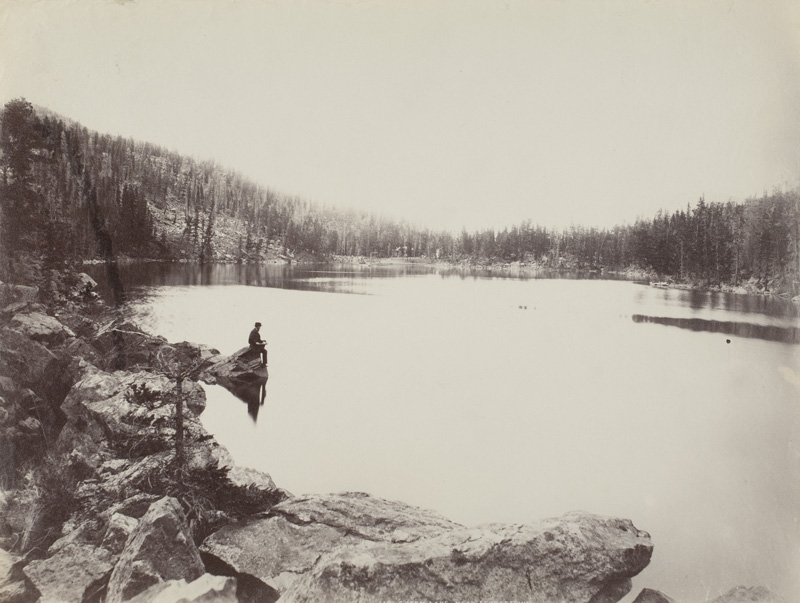
William Henry Jackson, 119. Green Lake. Near Georgetown. [Co.), 1882 c. 9.75x12.8"
Albumen print.
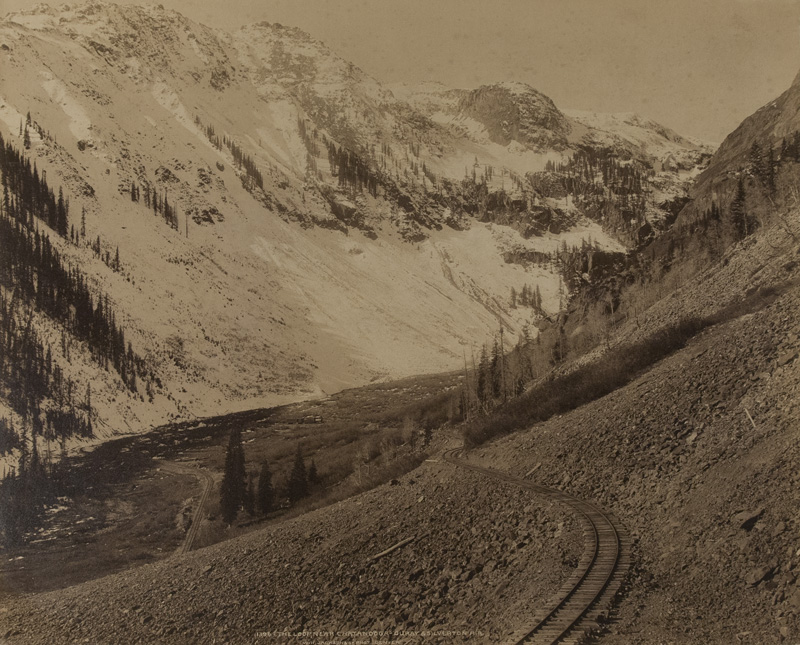
William Henry Jackson, 1396. The Loop Near Chatanooga, Ouray & Silverton RR, Co. 1883 c., 17.1x21.7” albumen print. Jackson is one of a half a dozen pioneer photographs who used large mammoth plate negatives. This is a very rare view taken in Southwestern Colorado.
Exploration and Ethnography 1895-1906 - Adam Clark Vroman
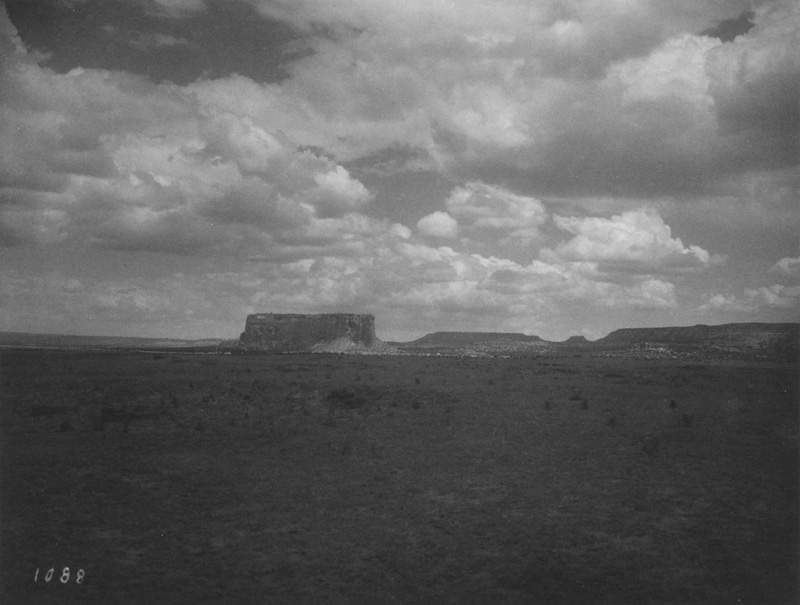
Adam Clark Vroman, No. 1088 "00" On The Way To Acoma (Katzimo From Acoma), NM 1900, 6 x8” platinum print.
Vroman’s was the earliest significant American photographer to utilize platinum prints and embrace a black and white aesthetic.
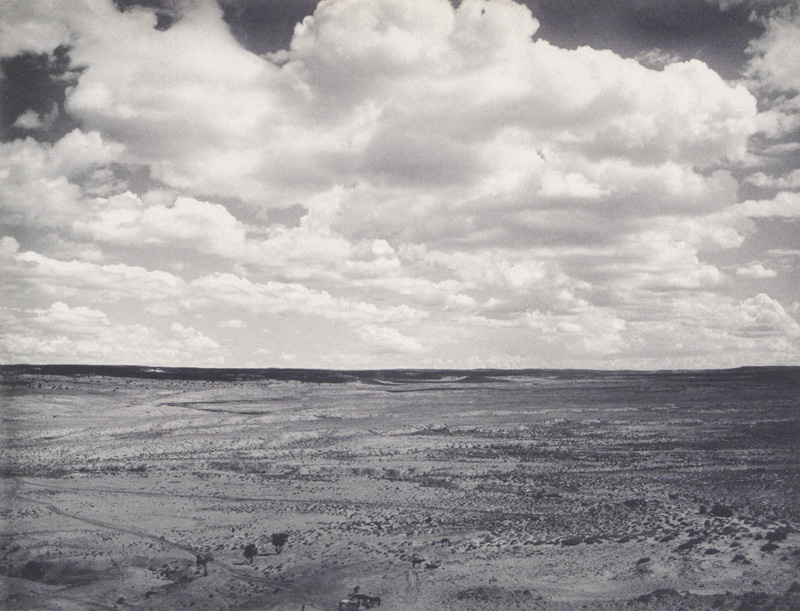
Adam Clark Vroman, In The Jetty-ti 75 Miles North Of Holbrook, Arizona, 1899, 6.125x8" platinum print.
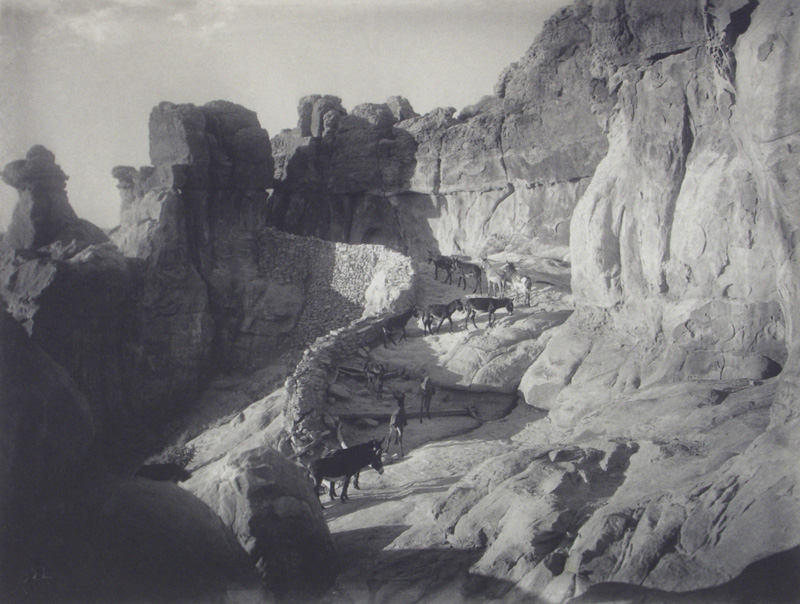
Adam Clark Vroman, No. 762. "00" Acoma (Burro And Horse Trail), NM 1900, 6.125x8.125” platinum print
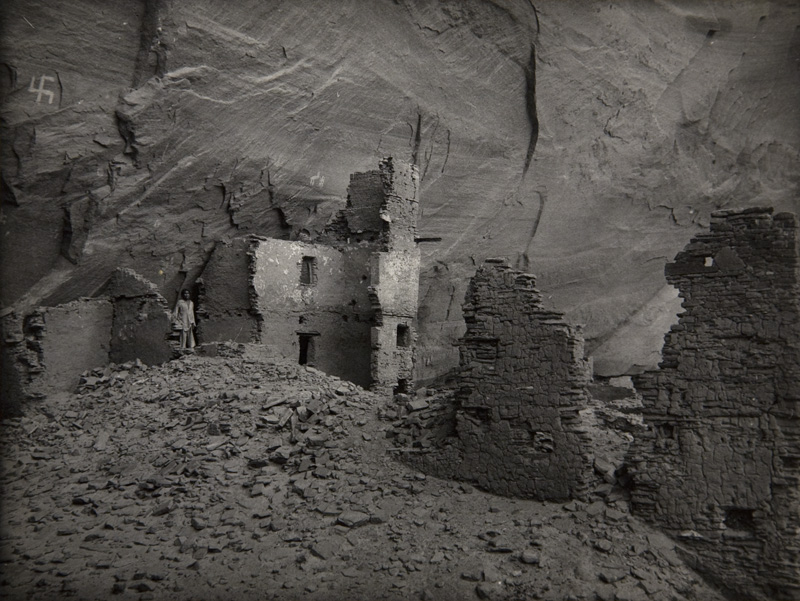
Adam Clark Vroman Canon De Chelly, Antelope Room Ruin, Az. 1904, 6.125x8.125” platinum print
Vroman’s vision was straightforward and modern, not pictorial like his more famous contemporary Edward S. Curtis. For a comprehensive view of Vroman find a link to a pdf download of our catalog: http://www.andrewsmithgallery.com/exhibitions/misc/western/vroman.html
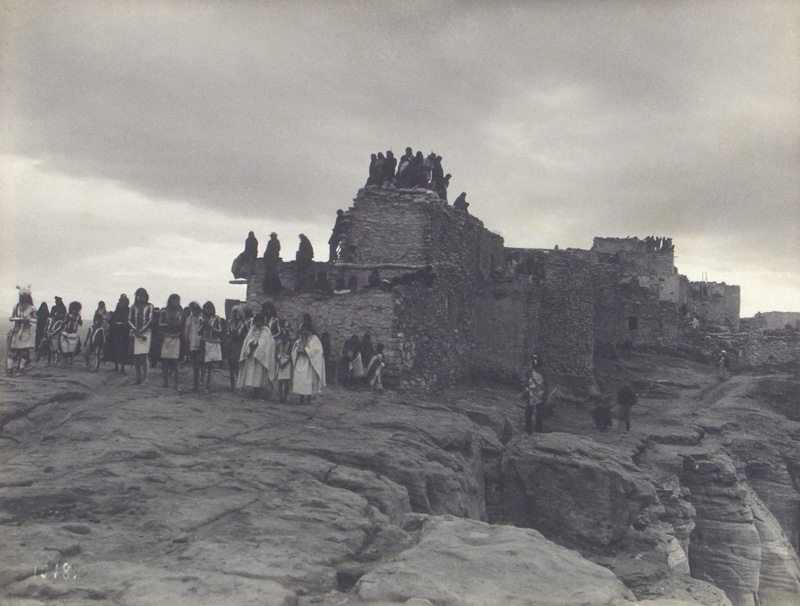
No. 1018 1/2 "00" Around Moki Towns, Flute Dance, 1900, 6.7x8.7” platinum print
The Photographer at Work in the Grand Canyon and Hopi, George Wharton James, 1899 c
George Wharton James like Vroman and Charles Lummis worked out of Pasadena where they were part of a group of scholars and scientists interested in American Indian and Spanish Colonial history and culture. James was known for his landscape and ethnographic views in the four corners area of the Southwest
.
In these views we see James and his four legged assistants hauling photographic equipment in the Grand Canyon area.
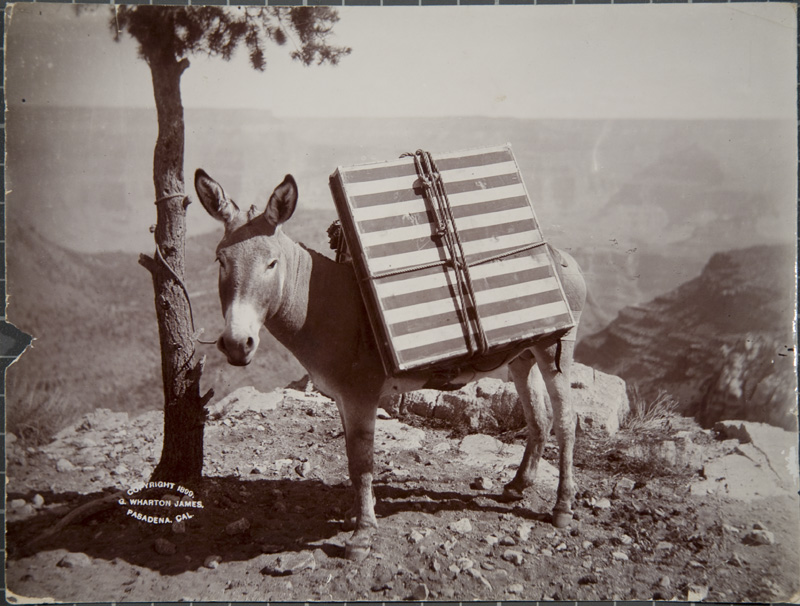
George Wharton James, “Joe” With 20 X 24 Photographic Plates On His Back, 1899 c. 6x8” silver collodion print
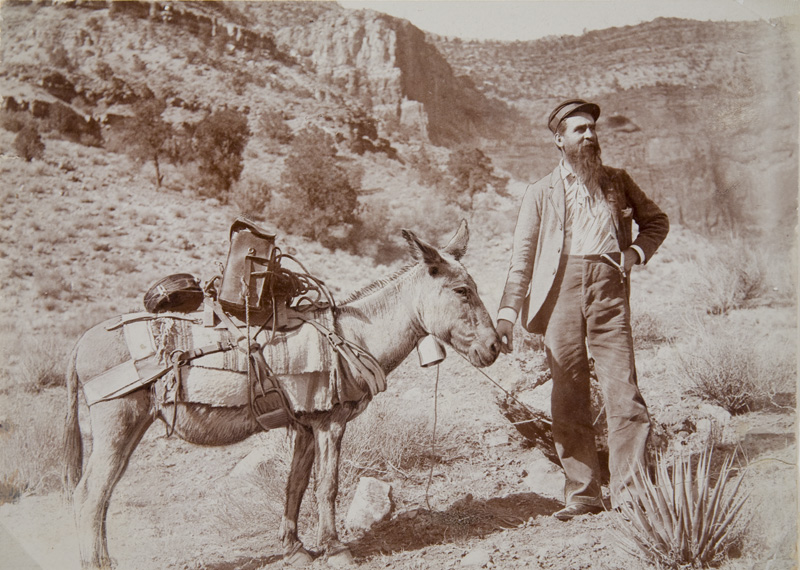
George Wharton James, The Way the Author Looks when Climbing the High Mesas of Arizona to Photograph the Moki, 1899 c. 5.7x8” silver collodion print (collage)
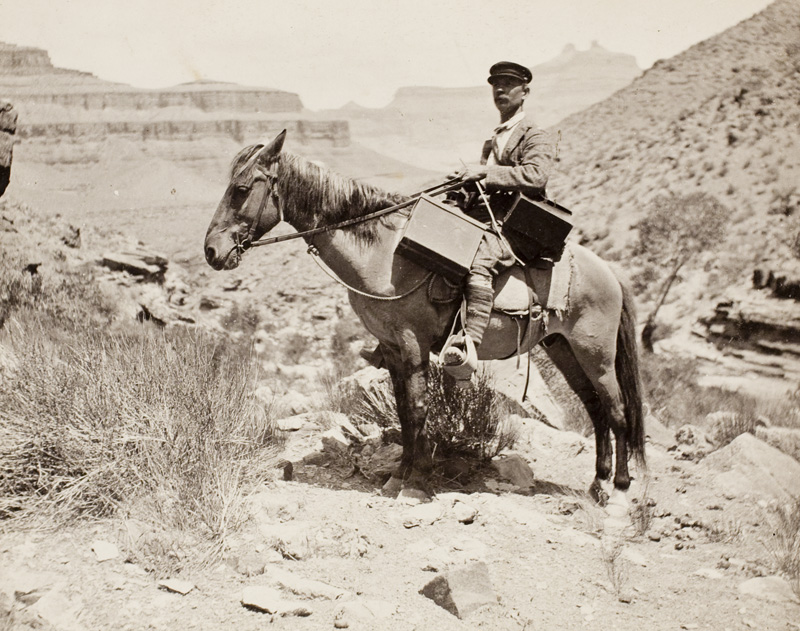
George Wharton James, Self Portrait on Horse w/ 2 boxes of Photo Equipment, in Canyon, 1899 c. 3.75x4.7” silver collodion print
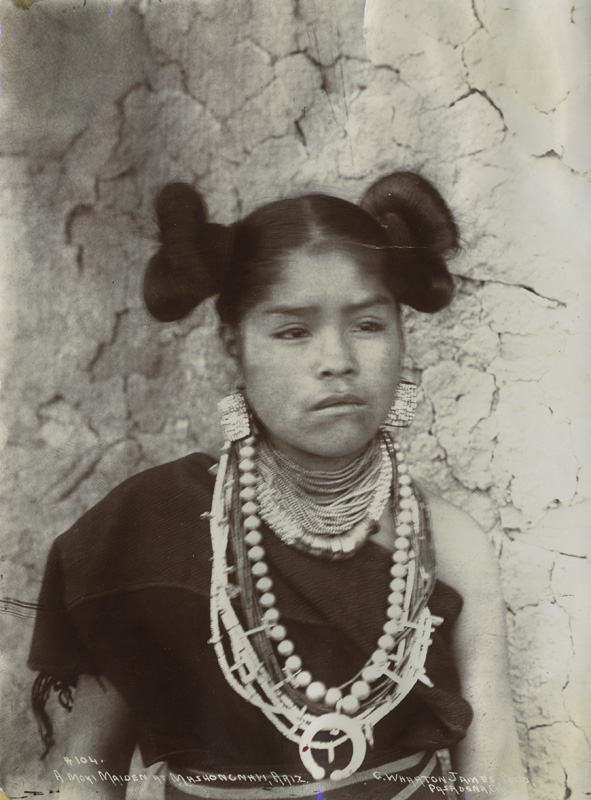
George Wharton James, A Moki Maiden [Tai-wa-lets-ti-wa] at Mashongnavi, Ariz., 1900 c. 5.9x8” Collodion Silver print
Pictorialism, Ethnography and Art in the Southwest 1900 - 1920
Edward Sheriff Curtis, Karl (Carl) Moon and Arnold Genthe
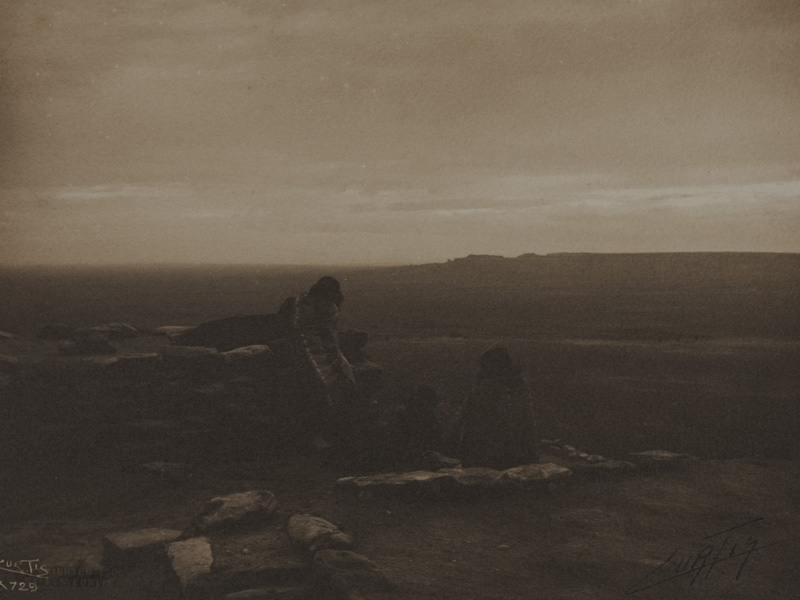
Edward S. Curtis, (Twilight in Hopi Land), 1906, 5.75x7.625” platinum print
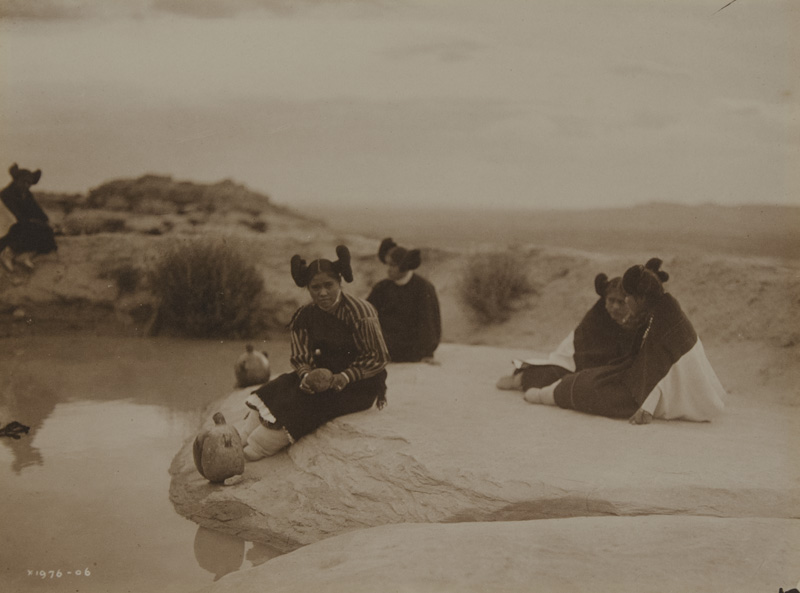
Edward S. Curtis, Evening in Hopi Land, 1906, 6x8” gelatin silver print
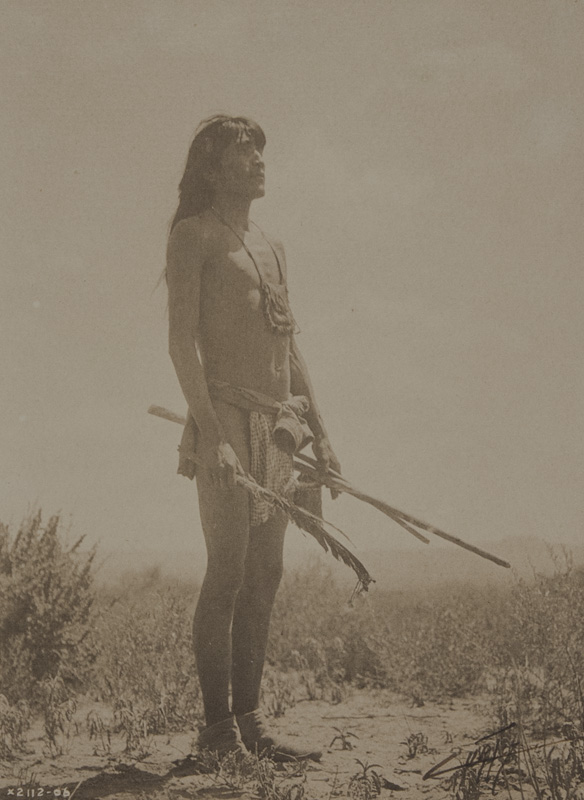
Edward S. Curtis, Prayer to the Sun [Hopi], 1905 c., 7.8” 5.8” platinum print
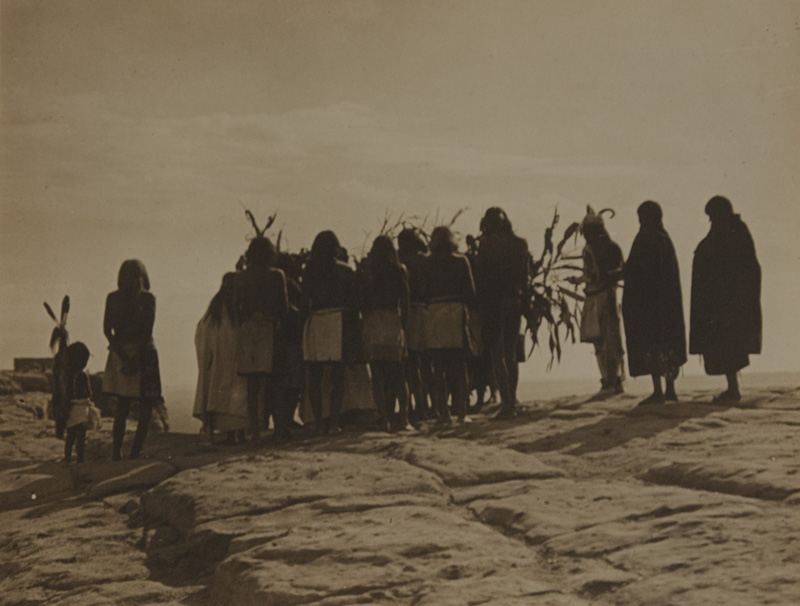
Edward S. Curtis, Flute Dancers Returning to Walpi, 1905, 6x7.7” gelatin silver print

Edward S. Curtis, Pl. 405 Watching The Dancers, 1906, 15.25x11.25”, original photogravure on Japan Vellum paper 22x18”.
Curtis loved to photograph in Hopi beginning in 1900 and going back many times. This is one of Curtis’ iconic photographs.
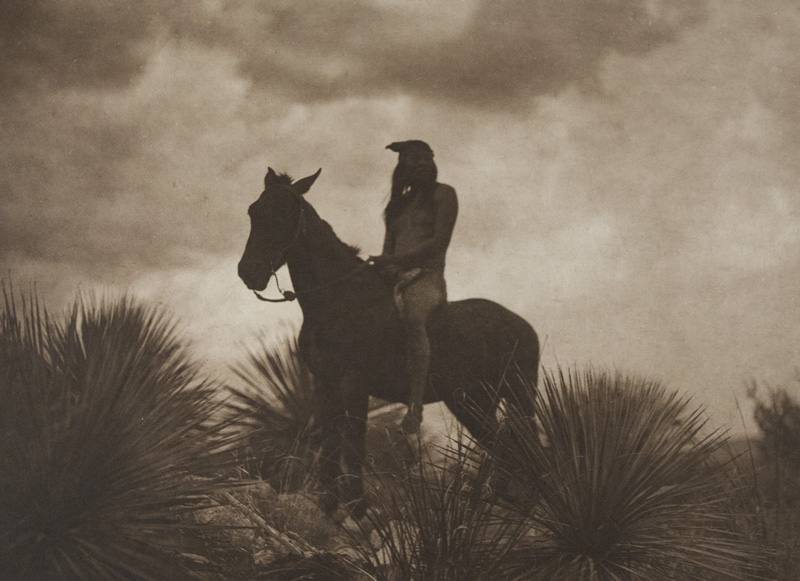
Edward S. Curtis, Pl. 013 The Scout - Apache, 1906, 11.3x15”; original photogravure on Japan Vellum paper, 18 x22”.
Curtis was a romantic photographer, with many of his most famous pictures adopting the painterly style of the Pictorial and Photo-secession movements championed at the time by Alfred Stieglitz. The idea was to make photographs look painterly, as here with the soft focus and printing. At the same time he wanted to show his subjects in heroic poses of life as it was before the white man came..
Karl (Carl) Moon 1905-1915
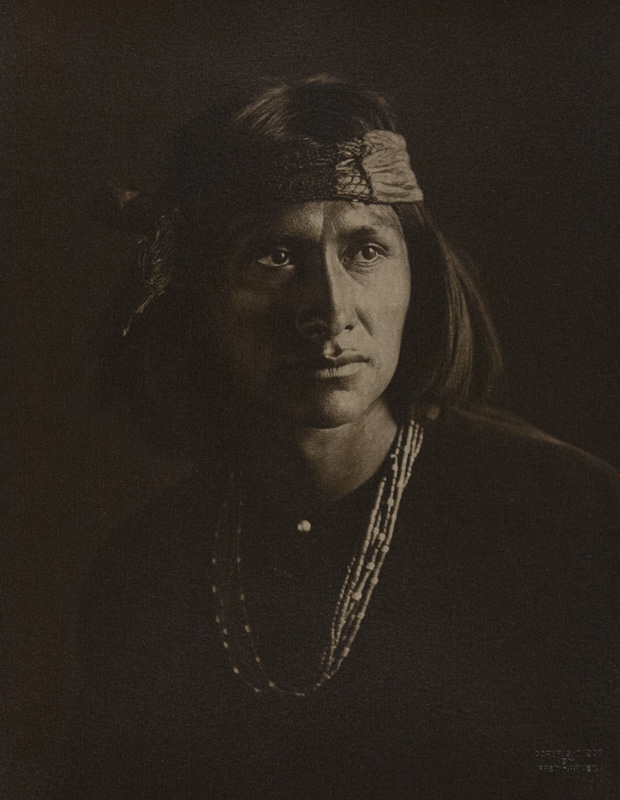
Karl Moon The Wolf (Ma-Itso). Navaho., 1905, 9.625x7.625", gelatin silver print
Karl (Carl) Moon was a photographer, painter and illustrator setting up a studio in Albuquerque in 1904. In 1907 he moved to the Grand Canyon where he managed the Fred Harvey art galleries and was the official Fred Harvey Photographer. He moved to Pasadena in 1914.
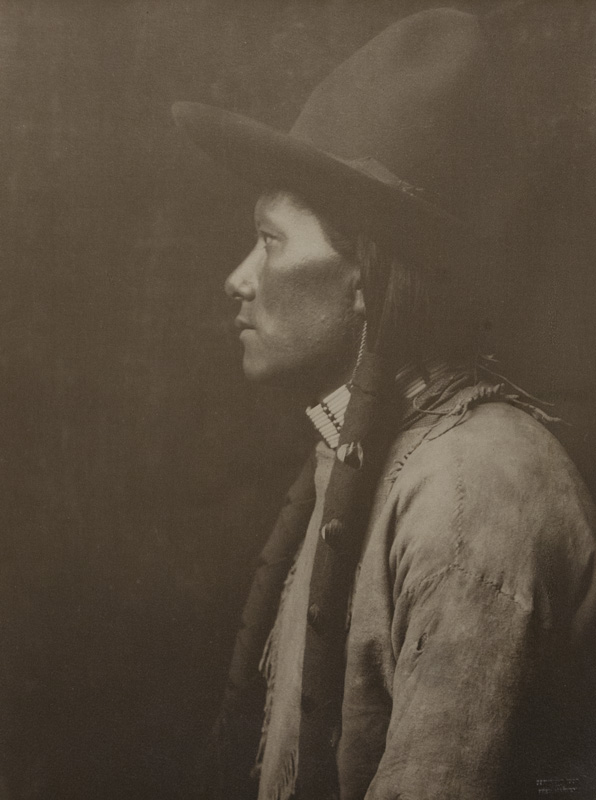
Karl Moon, Coutudle, 1909 c., 15.8x12", gelatin silver print from the collection of Kurt Koegler.
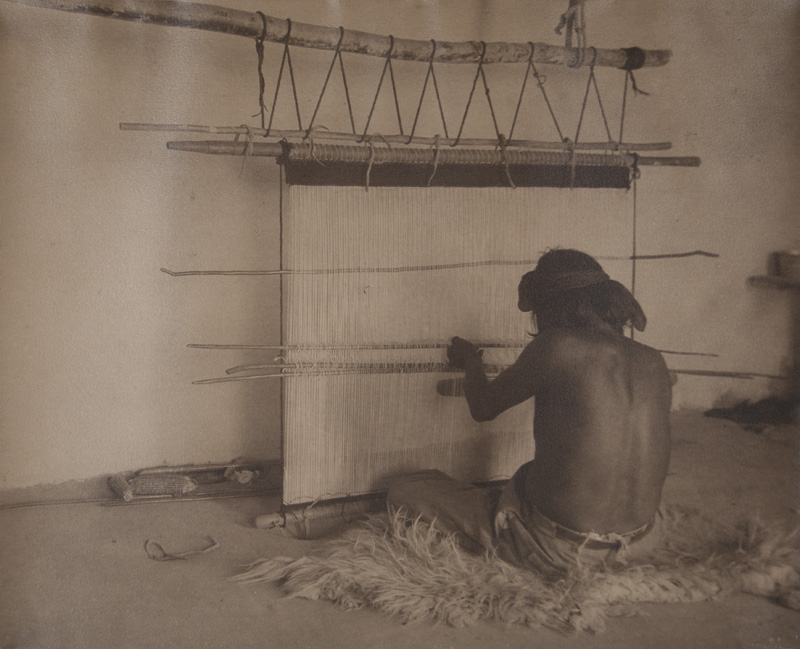
Karl Moon, A Moqui Weaver, 1914 c., 13.5x16.4" gelatin silver print
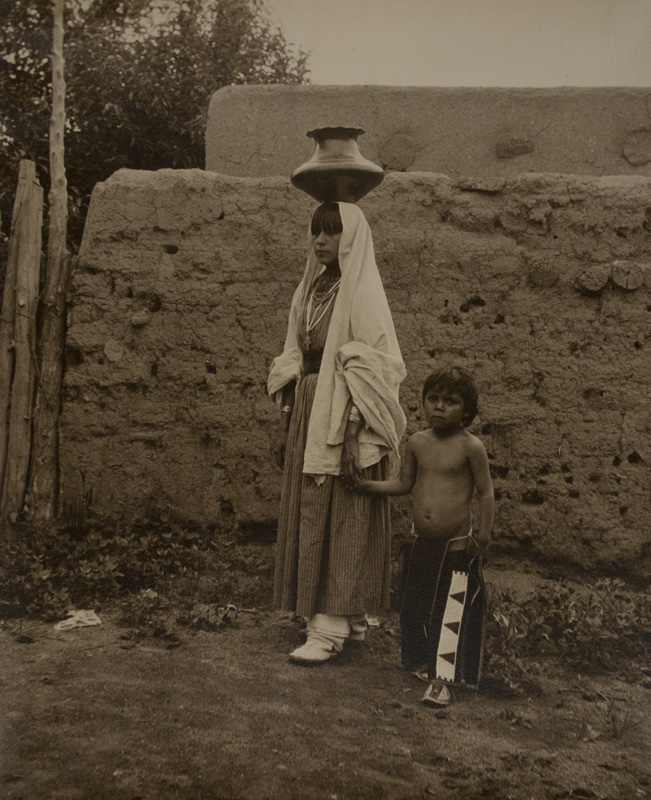
Karl Moon, On The Way To The Spring. Taos, 1914 c. 16.124x13.5", gelatin silver print
The Fred Harvey Company also commissioned a number of the Taos painters such as Irving Couse and Joseph Sharp and stylistically Moon’s photographed were of the same style as the more famous painters.
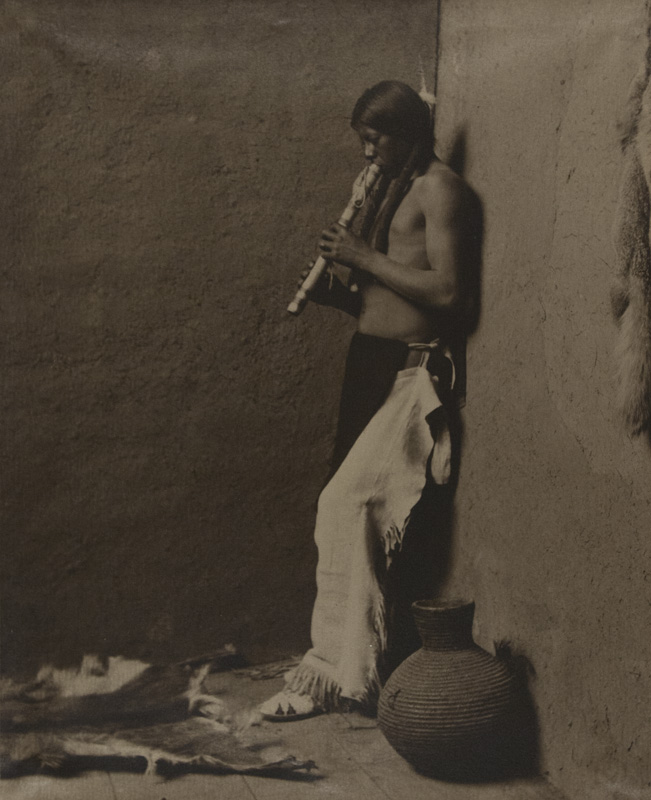
Karl Moon, Before the Dance: A Taos Indian Practicing the Corn Song , 1908, 16.5x13.125", gelatin silver print
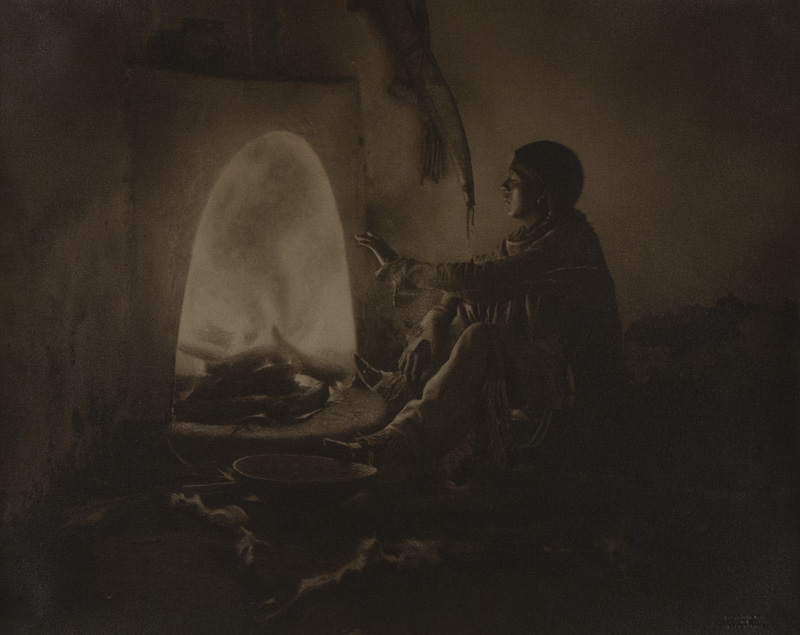
Karl Moon, Home From The Hunt, 1910 c., 13.25x16.5", gelatin silver print
Arnold Genthe, the famous San Francisco pictorial photographer photographed in Arizona in the 1920s. Romantic and soft focus was his trademark style.
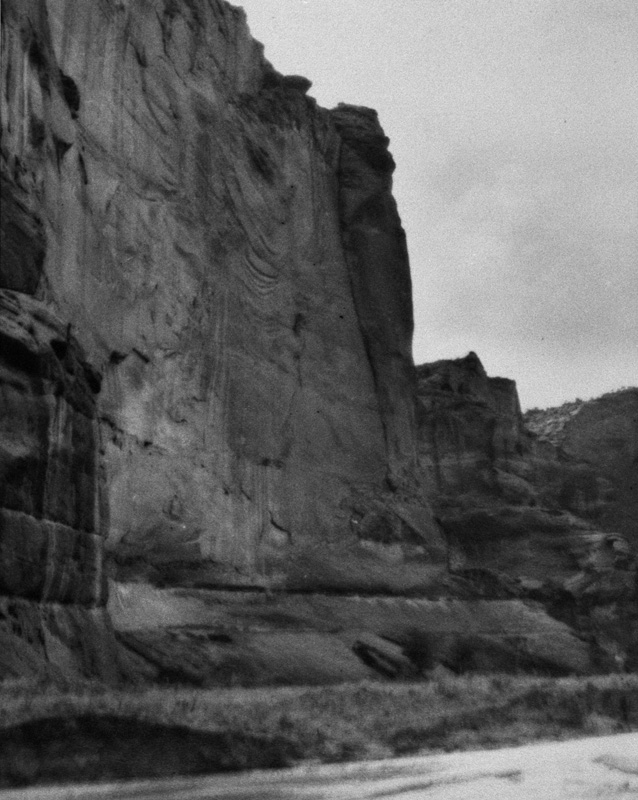
Arnold Genthe, [Canyon De Chelly Cliff], 1920s., 9.75x7.75", gelatin silver print
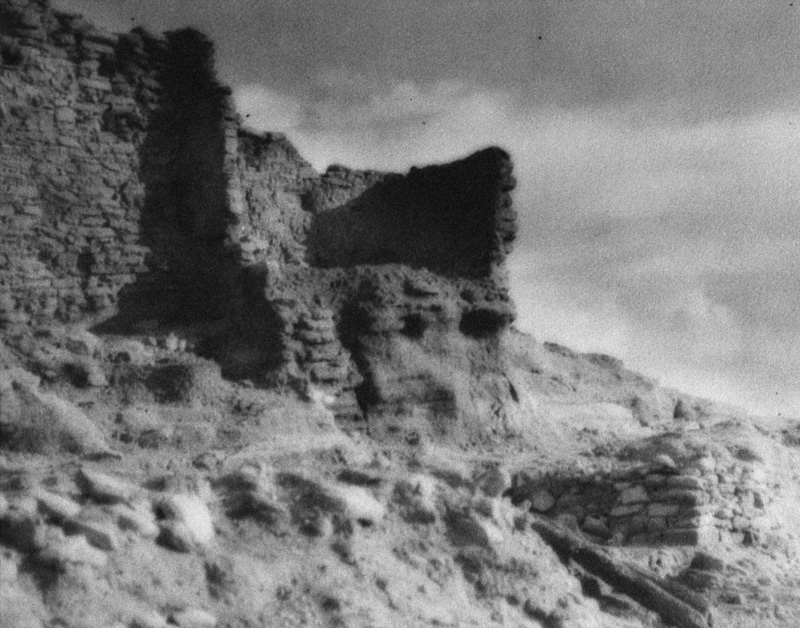
Arnold Genthe, Ancient Ruins, four corners 1920s, 7.75x9.75", gelatin silver print
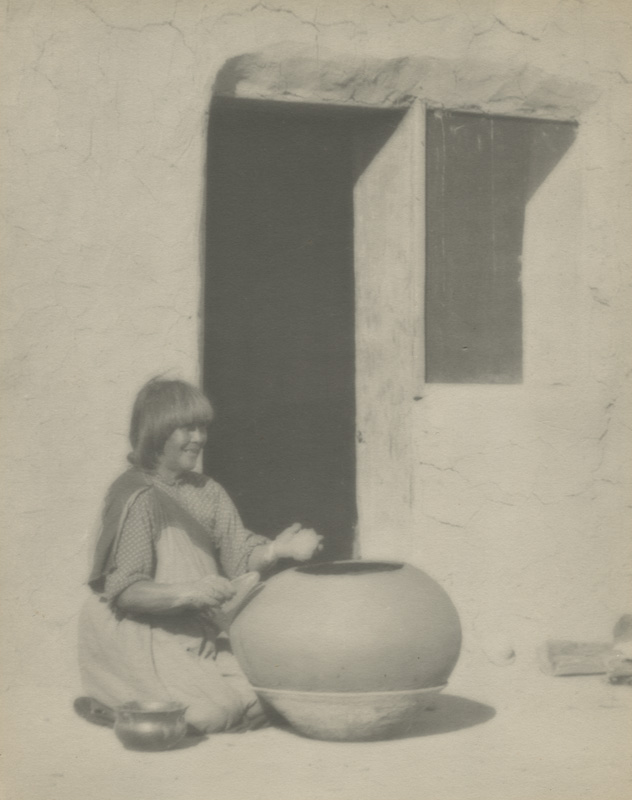
Arnold Genthe, [Hopi Potter], 1920s, 9.5x7.5" gelatin silver print
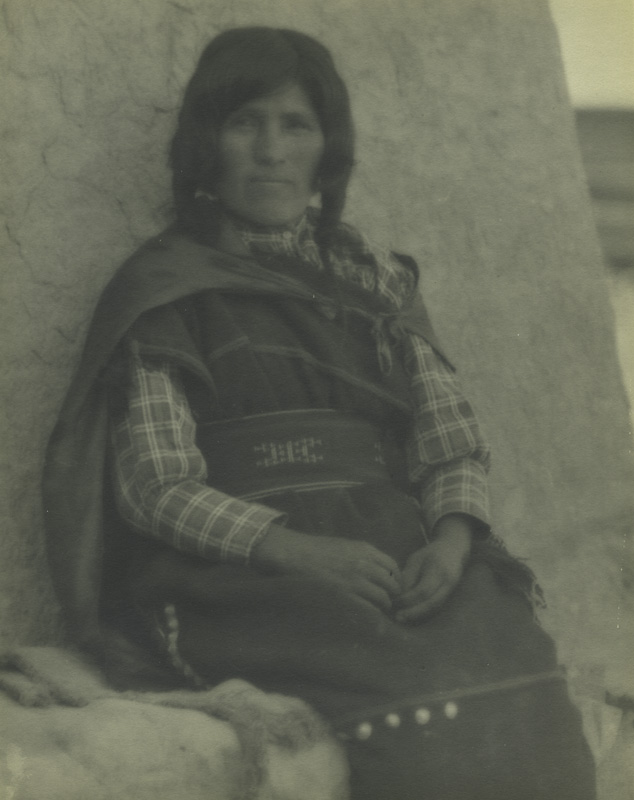
Annie Healing, Nampayo's Daughter, 1920s, 9.75x7.5"gelatin silver print
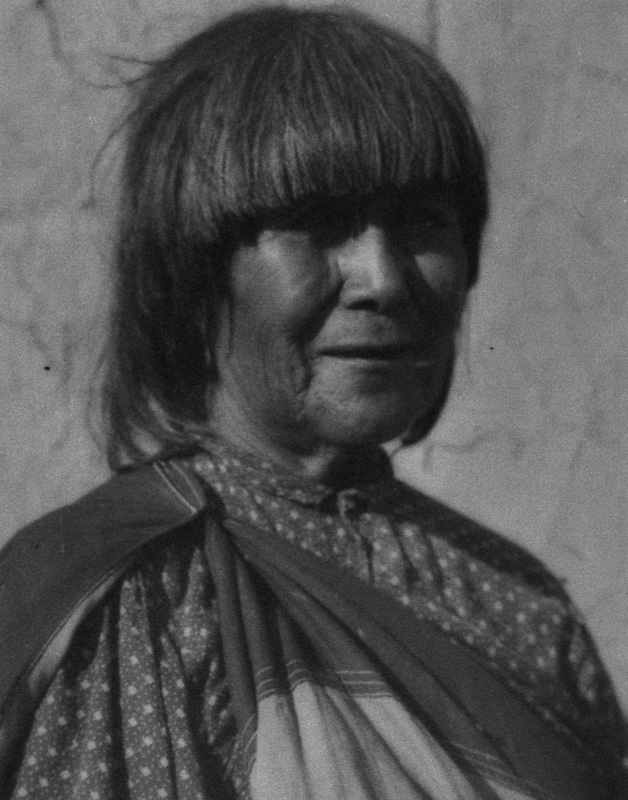
Arnold Genthe, [Hopi Woman], 1920s, 9.5x7.75", gelatin silver print
Artists of the West
Laura Gilpin and Ansel Adams two of the best know 20th century artistic photographers of the Southwest. Gilpin grew up in Colorado Springs, moved to Santa Fe in the 1940s. She studied at the Clarence White School in the 1910s and is best known for her landscape work and work with the Navajo Indians. Ansel Adams second home was the southwest and he photographed there from the late 1920s through the 1970s.
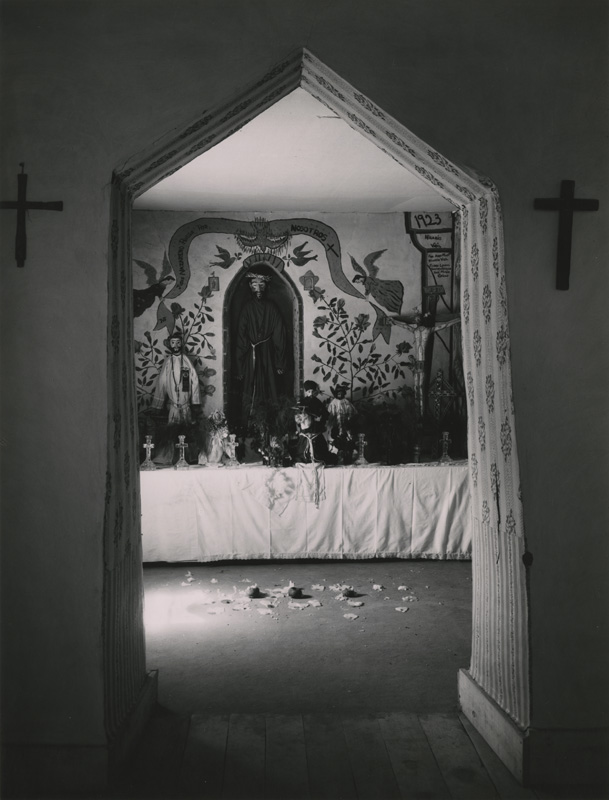
Ansel Adams, Interior, Penitente Morada, New Mexico [Abiquiu], 1928, 13x10", gelatin silver print, print c. 1967
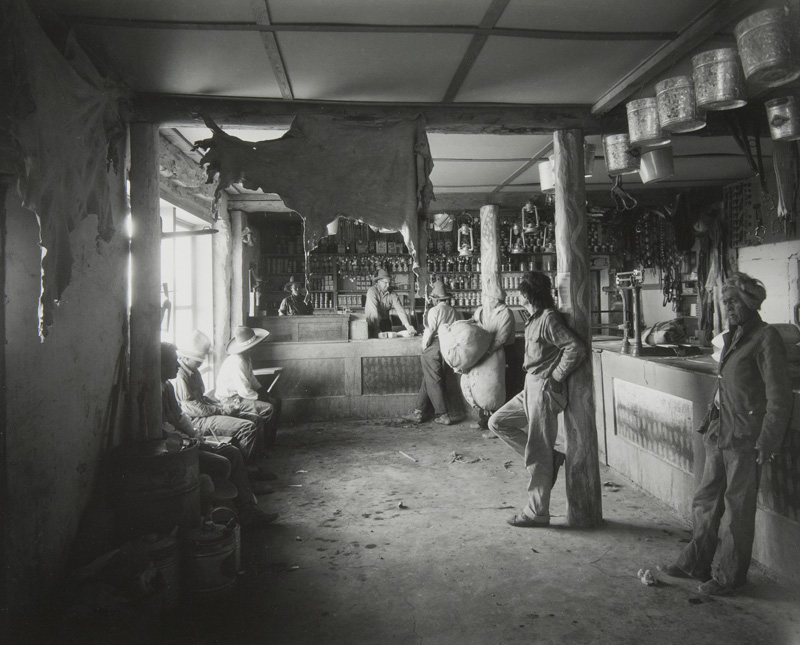
Laura Gilpin, Interior Of The Red Rock Trading Post, 1932 print 1978, 7.75x9.5", gelatin silver print
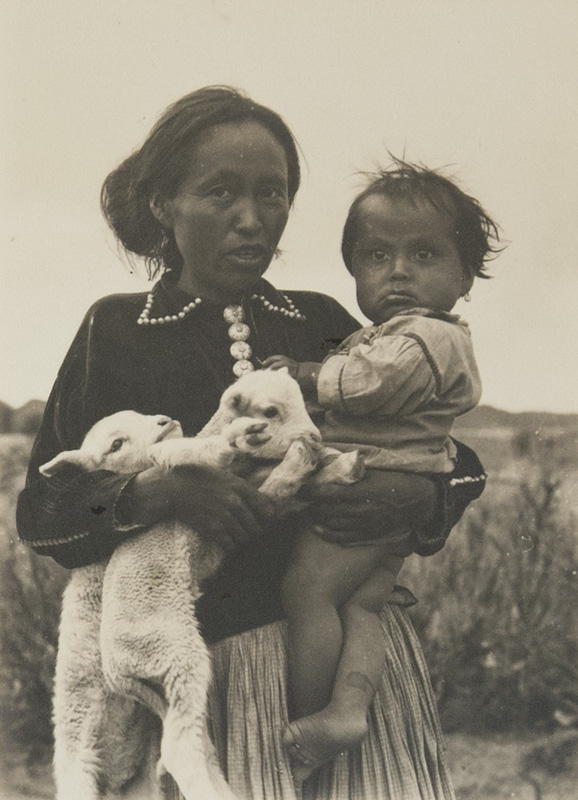
Laura Gilpin, Navaho Woman, Child And Lambs, 1932, 4x2.7", vintage gelatin silver print
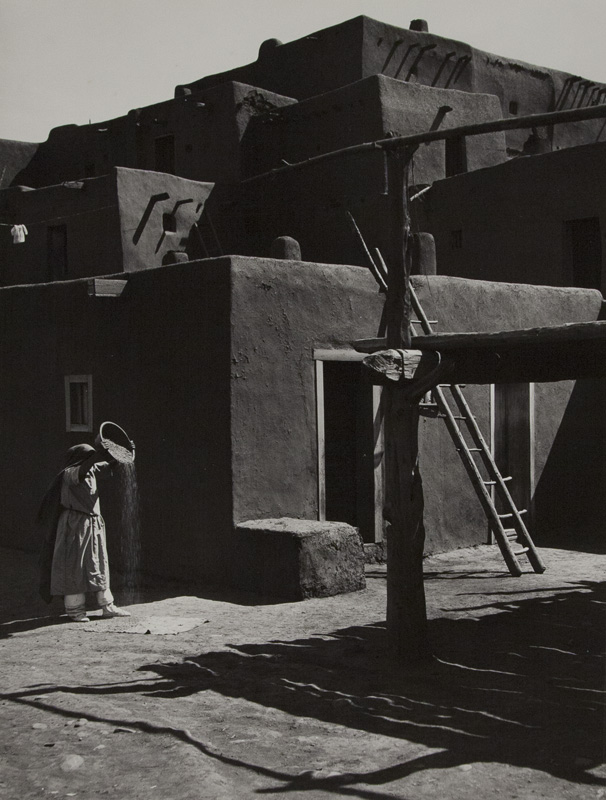
Ansel Adams, Winnowing Grain, Taos Pueblo, New Mexico, 1929, gelatin silver print 1972 c.
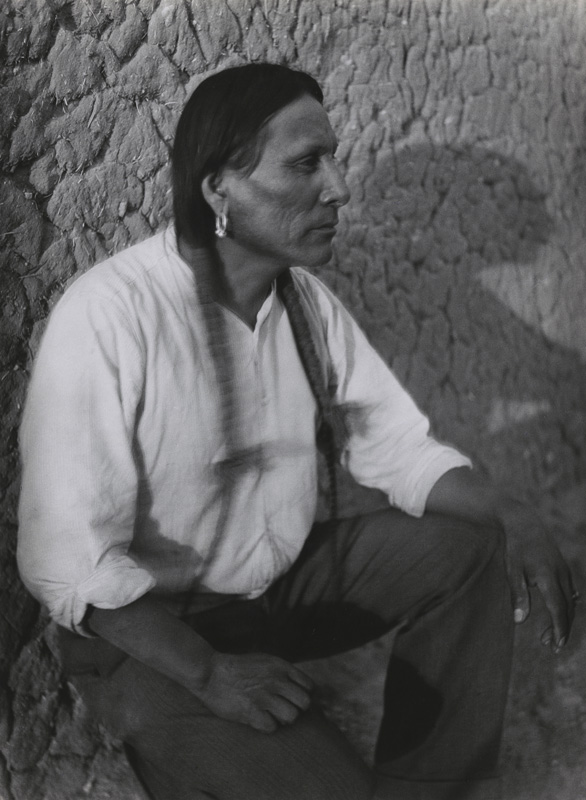
Ansel Adams, Julian Martinez, San Ildefonso Pueblo, New Mexico. 1929, gelatin silver print 1967 c.. A potter and husband of famous potter Maria Martinez.
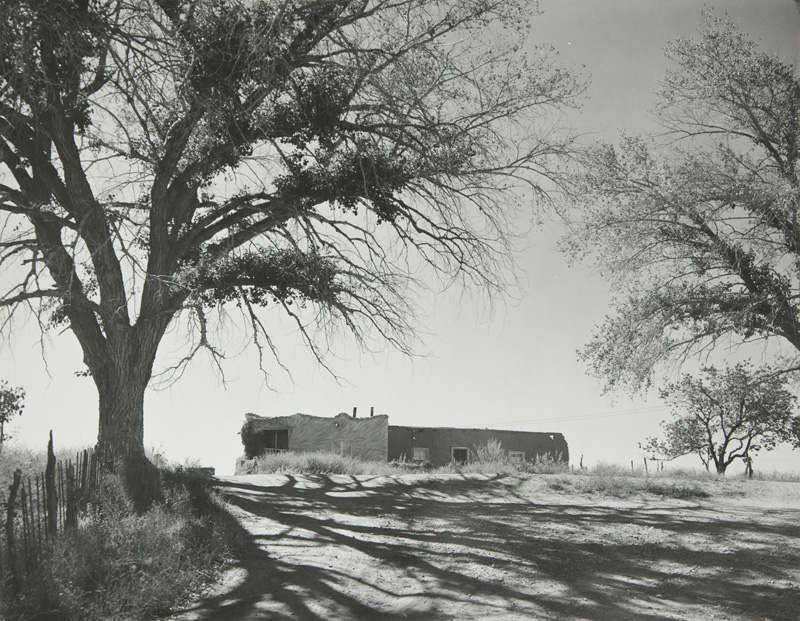
Laura Gilpin, Santa Fe area, [ looking up a road to an adobe house, cottonwood on the left ], 1949, 7.5x9.5", vintage gelatin silver print
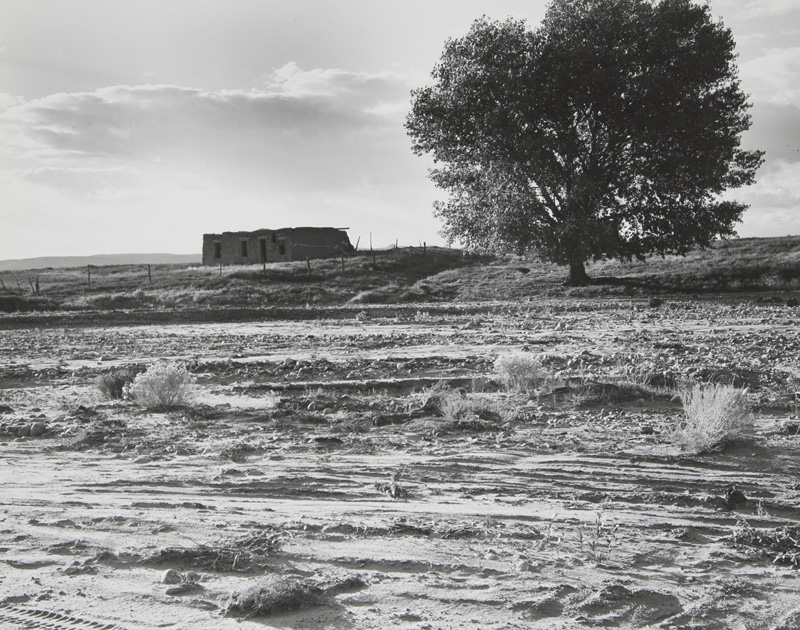
Laura Gilpin, Santa Fe area, [adobe building, arroyo in foreground ], 1949, 7.375x9.375", gelatin silver print
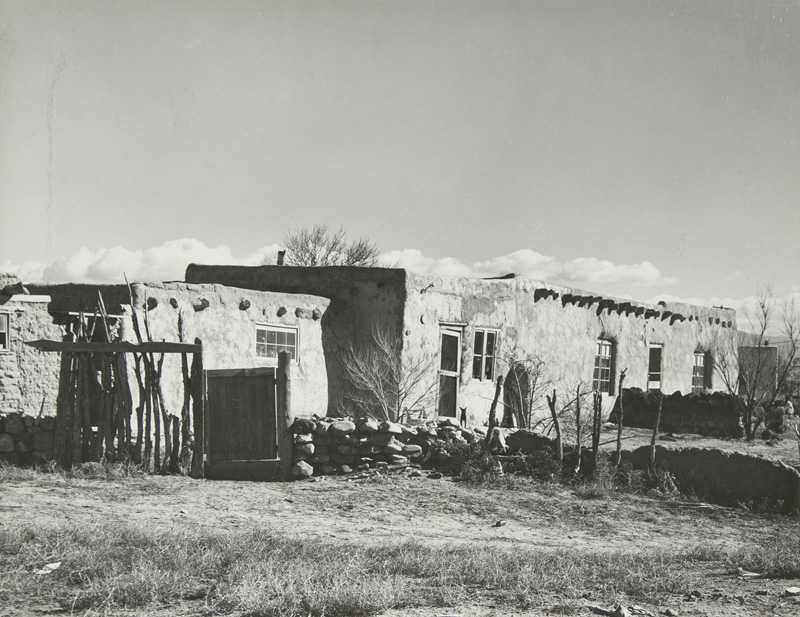
Laura Gilpin, Santa Fe area, [adobe house with short wall in foreground], 1949, 7.125x9.375" vintage gelatin silver print.
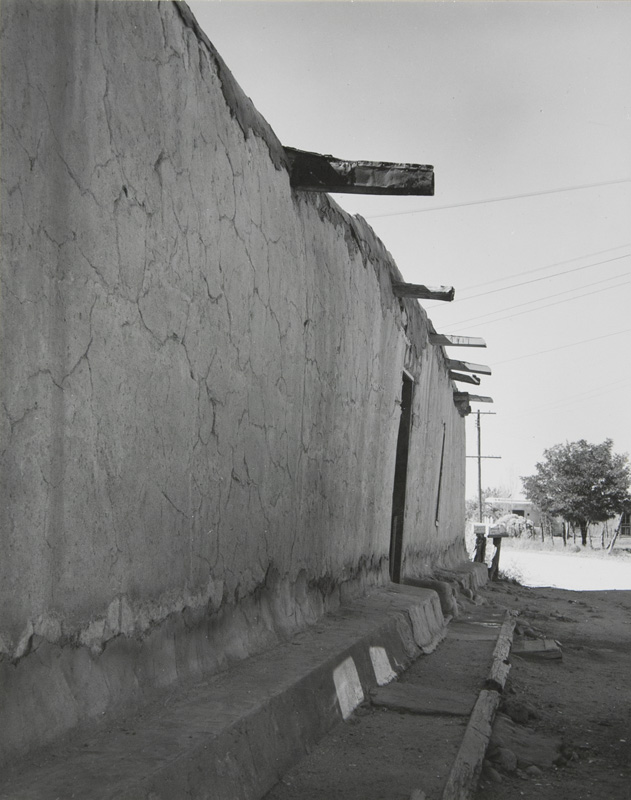
Laura Gilpin, Santa Fe area, [wall of Adobe house ], 1949, 9.5x7.375” vintage gelatin silver print
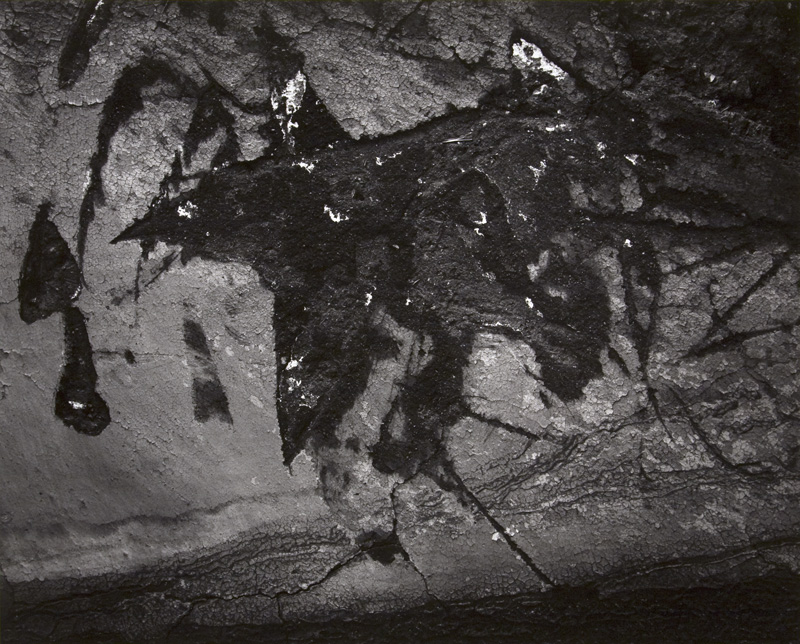
Ansel Adams, Detail, Adobe Wall, Abiquiu, New Mexico, 1929, 15.5x19.375", gelatin silver print
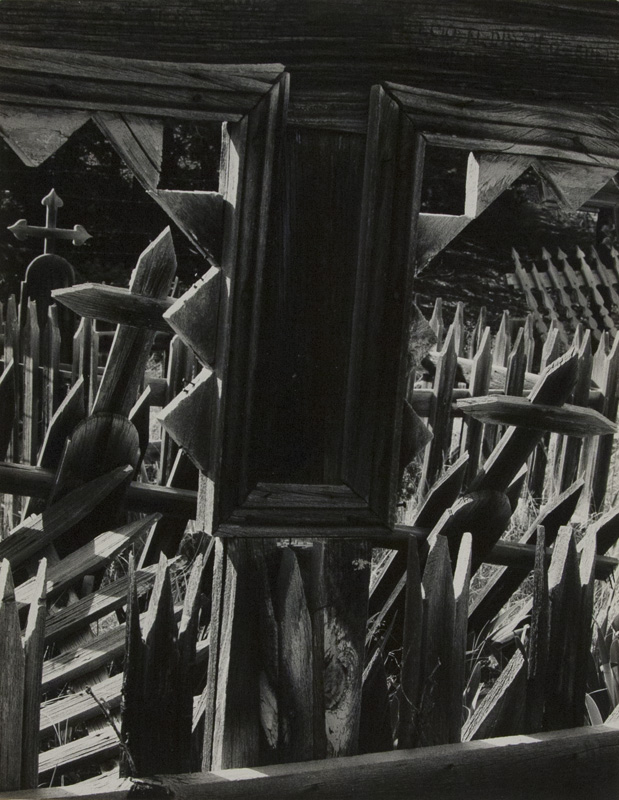
Laura Gilpin, Campo Santo, El Valle, New Mexico, 1961, 9.5x7.4", gelatin silver print 1970 c.
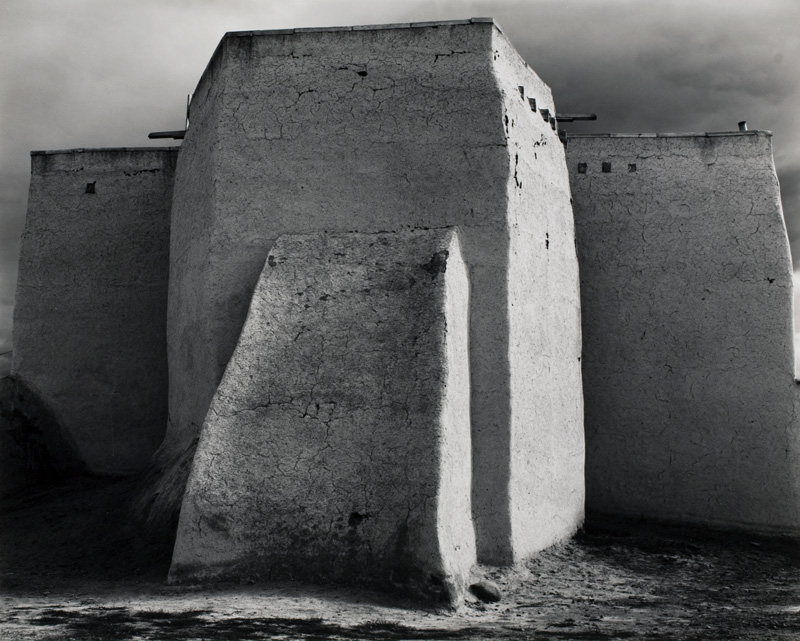
Ansel Adams, St. Francis Church, Rancho De Taos, NM, 1950 C., 10.5x13.25"gelatin silver print c. 1976
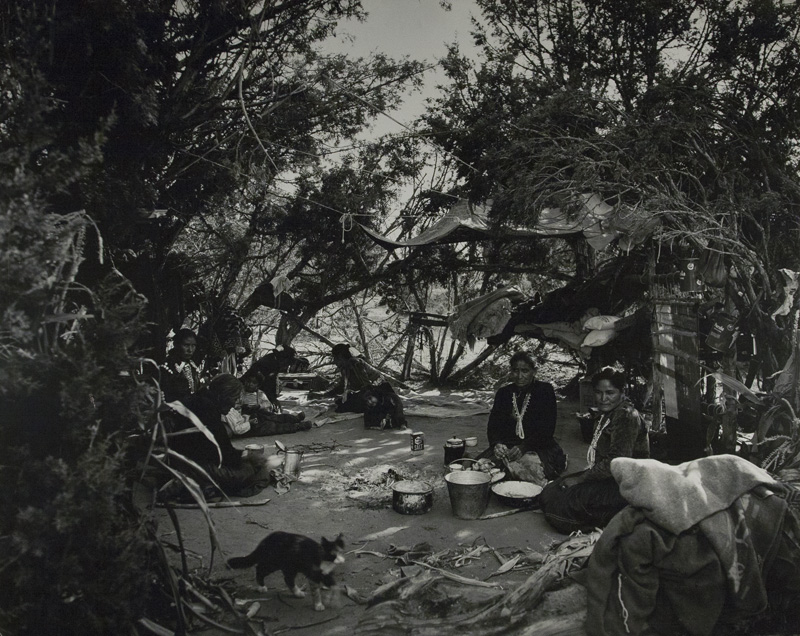
Laura Gilpin, Summer Hogan of Old Lady Long Salt (five Generations) Navajo, 1954, 40x50" gelatin silver print mural
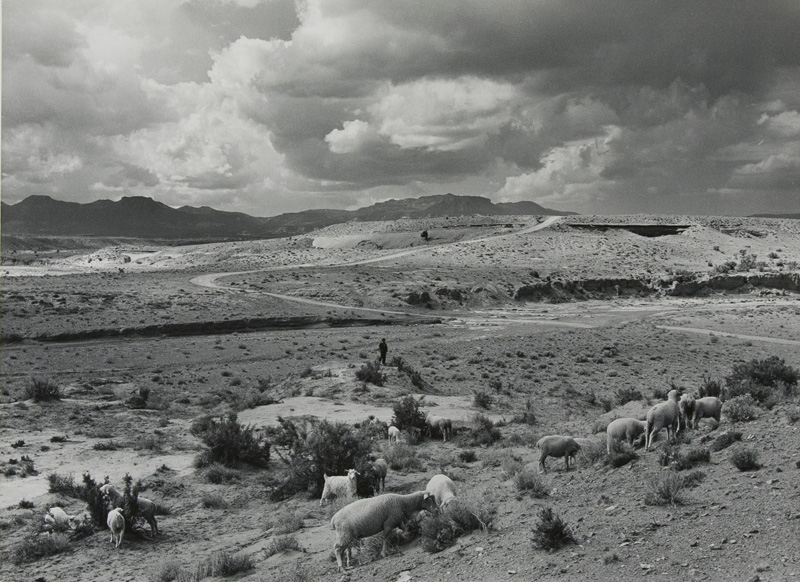
Laura Gilpin, The Little Shepard, 1950, 10x13.2" gelatin silver print 1974 c.
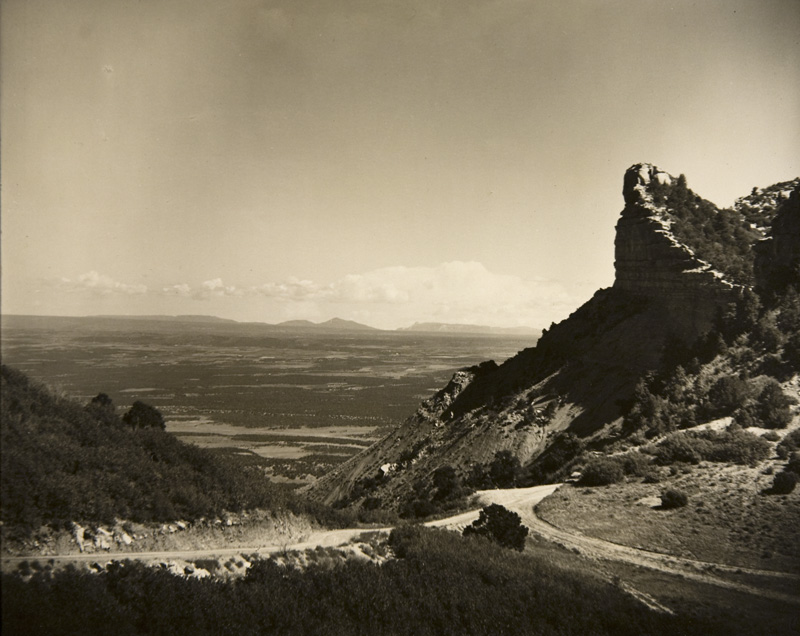
Laura Gilpin, Montezuma Valley, Mesa Verde National Park, 1925 c., 7.75x9.6", vintage gelatin silver print
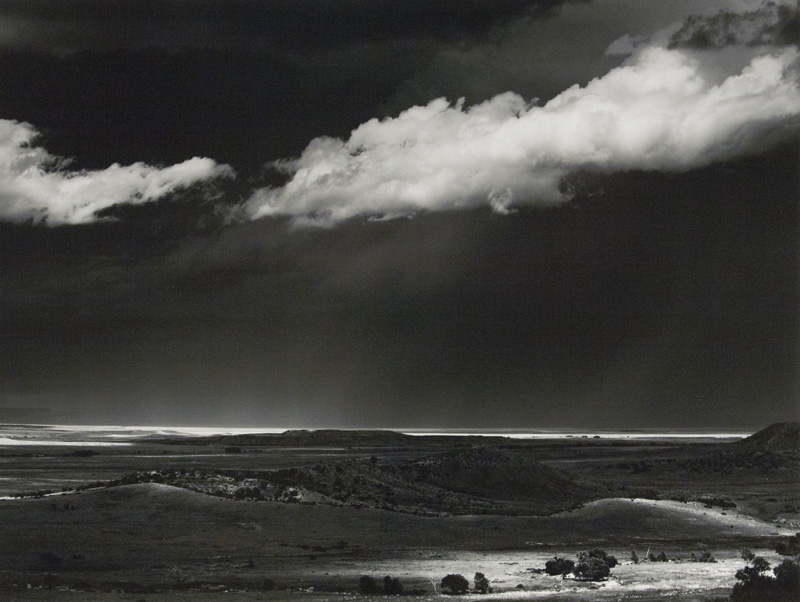
Ansel Adams, Thunderstorm, Great Plains, Cimarron, New Mexico, 1961 c. 14.625x19.5", gelatin silver print c. 1973